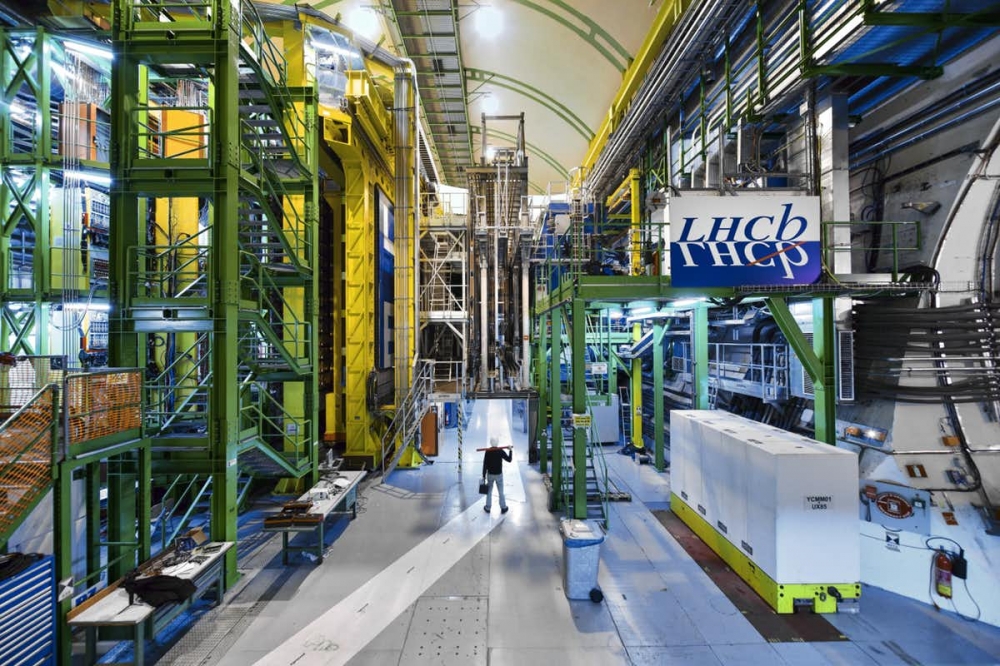CERN: Study sheds light on one of physics’ biggest mysteries – why there’s more matter than antimatter

LHCb. Maximilien Brice et al./CERN
March 21, 2019
Author: Marco Gersabeck
Lecturer in Physics, University of Manchester
Why do we exist? This is arguably the most profound question there is and one that may seem completely outside the scope of particle physics. But our new experiment at CERN’s Large Hadron Collider has taken us a step closer to figuring it out.
To understand why, let’s go back in time some 13.8 billion years to the Big Bang. This event produced equal amounts of the matter you are made of and something called antimatter. It is believed that every particle has an antimatter companion that is virtually identical to itself, but with the opposite charge. When a particle and its antiparticle meet, they annihilate each other – disappearing in a burst of light.
Why the universe we see today is made entirely out of matter is one of the greatest mysteries of modern physics. Had there ever been an equal amount of antimatter, everything in the universe would have been annihilated. Our research has unveiled a new source of this asymmetry between matter and antimatter.
See full text